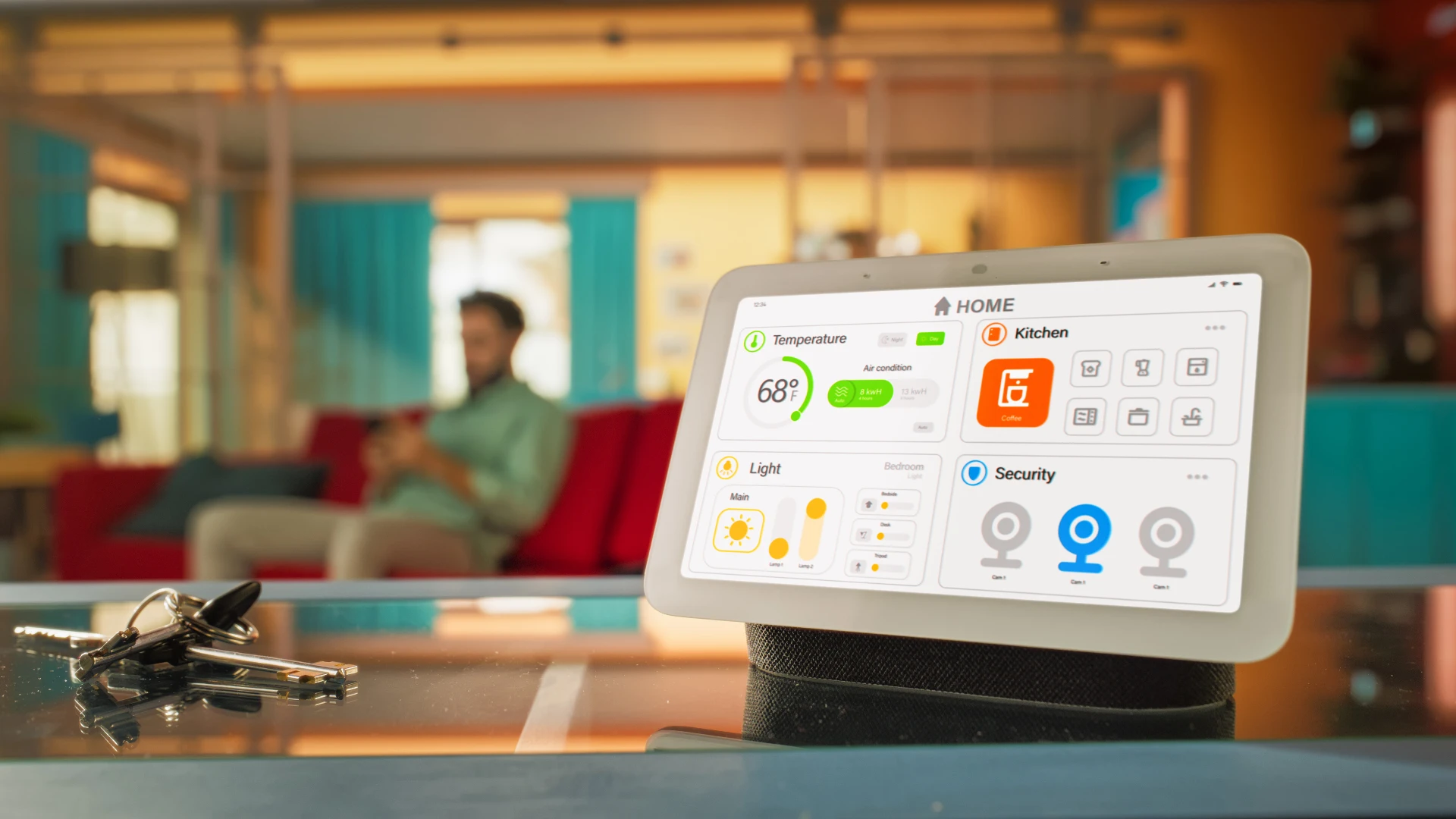Design Strategies for Green Buildings
After being in the building construction industry for more than a decade I have frequently encountered a common query quite regularly from my clients – Are green buildings expensive to build and operate?
My unwavering response from day one has been – Not if you have designed your building optimally.
One thing that I and the industry experts have a unanimous consensus on is that the construction process must be a collaborative approach. I advocate that one member of each team to be on board from conceptual level design to the project operational stage. This collaborative approach not only helps reduce the possibility of design and construction conflicts but also in turn reduces the downtime and helps make the project cost effective.
In this blog, I will try to address some of the strategies that are implemented to push the design to be sustainable. The common factor in these strategies stays – collaboration.
Some of the active strategies you can consider applying for your green building project are:
- Demand Control Ventilation for high occupancy density spaces: Utilize automated systems to regulate ventilation based on occupancy levels, enhancing indoor air quality and energy efficiency.
- HVAC Load optimization: Employ smart technologies to optimize heating, ventilation, and air conditioning systems for minimal energy consumption without compromising comfort
- HVAC Load Cascading: Implement a cascading system to prioritize energy-efficient HVAC units based on varying demand, reducing overall energy wastage.
- Ground source heat pumps: Harness geothermal energy through ground source heat pumps to provide sustainable heating and cooling solutions for your building.
- Daylighting controls to optimize artificial lighting: Use automated controls to adjust artificial lighting levels based on natural daylight availability, reducing energy consumption and enhancing occupant comfort.
- Displacement ventilation: Introduce a ventilation system that supplies fresh air at low levels to displace and remove stale air, promoting a healthier indoor environment with improved air quality.
Some of the active strategies you can consider applying for your green building project are:
- Opt for solar PV system: This strategy will not only help you reduce the load on the grid but installing batteries to store the surplus amount of power shall enable you to reduce your operating costs and dependencies on the utility power
- Opt for an energy management system – Be is a full-blown building management system (BMS) or modular solution for energy metering, employing an energy management system will help you track the energy usage and predict any surges in your power usage in the future.
- Engineer the positioning of window overhangs and fins: It is a known fact that in tropical climates the heat transfer from solar energy contributes to the highest amount of heat load in each building. This heat transfer is at its peak when the sun’s rays are directly incident in the occupied spaces in a building i.e. 11 AM-3 PM. Properly engineered window overhangs and fins as a passive design strategy shall reduce this heat transfer which shall help reduce the operating of the air-conditioning system hence saving money for the building owners
- Configuration of insulation of wall and window assemblies: Enhanced insulation for wall and window assemblies significantly improves thermal performance, minimizes heat transfer, reduces HVAC energy demands, and maintains consistent indoor temperatures, making it a crucial passive design strategy
These few strategies when properly employed are bound to help your project touch the limits of sustainability!
Want efficient design strategies for your green building project? Get in touch with us now!ur project? Get in touch with us now!


